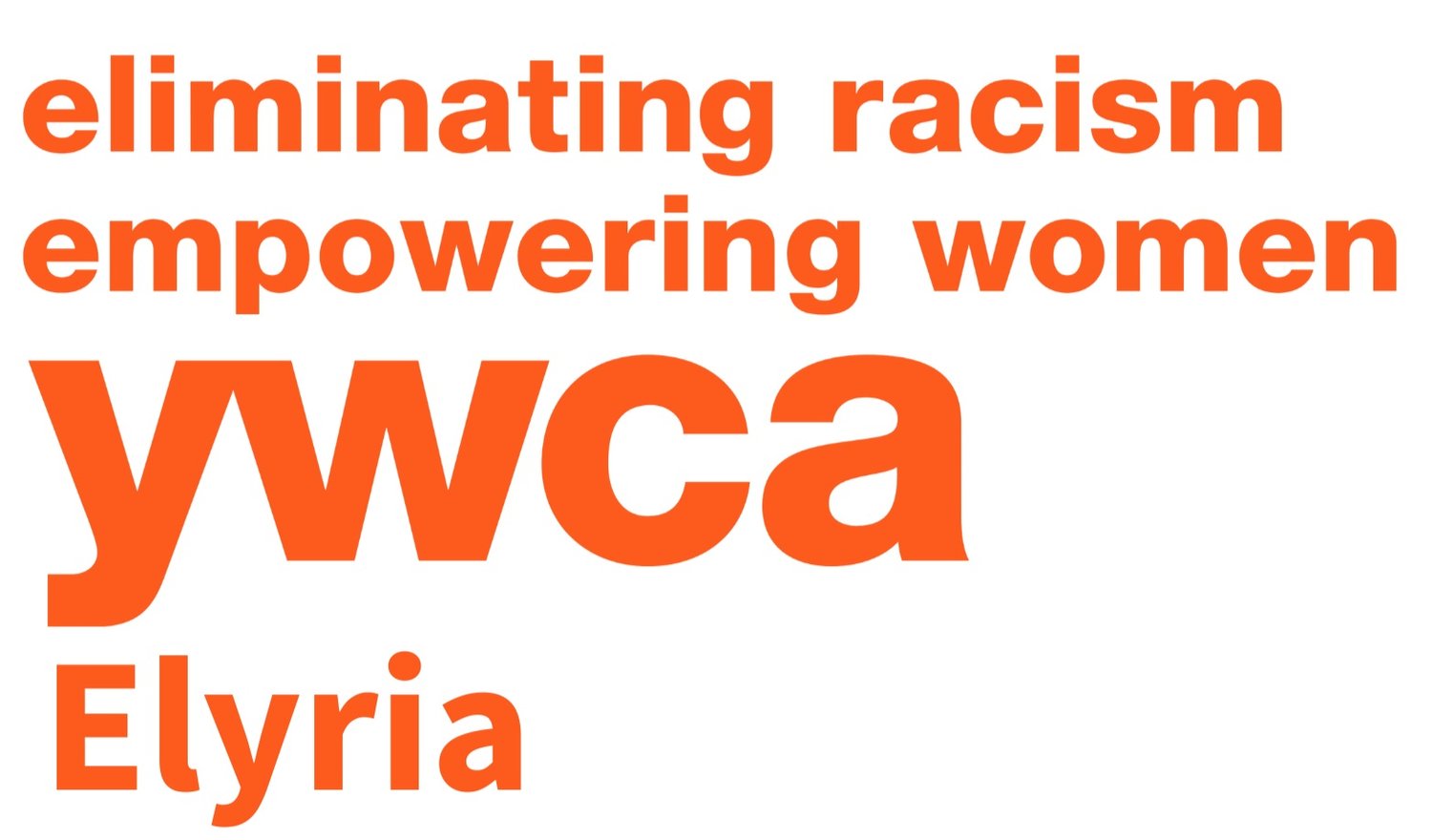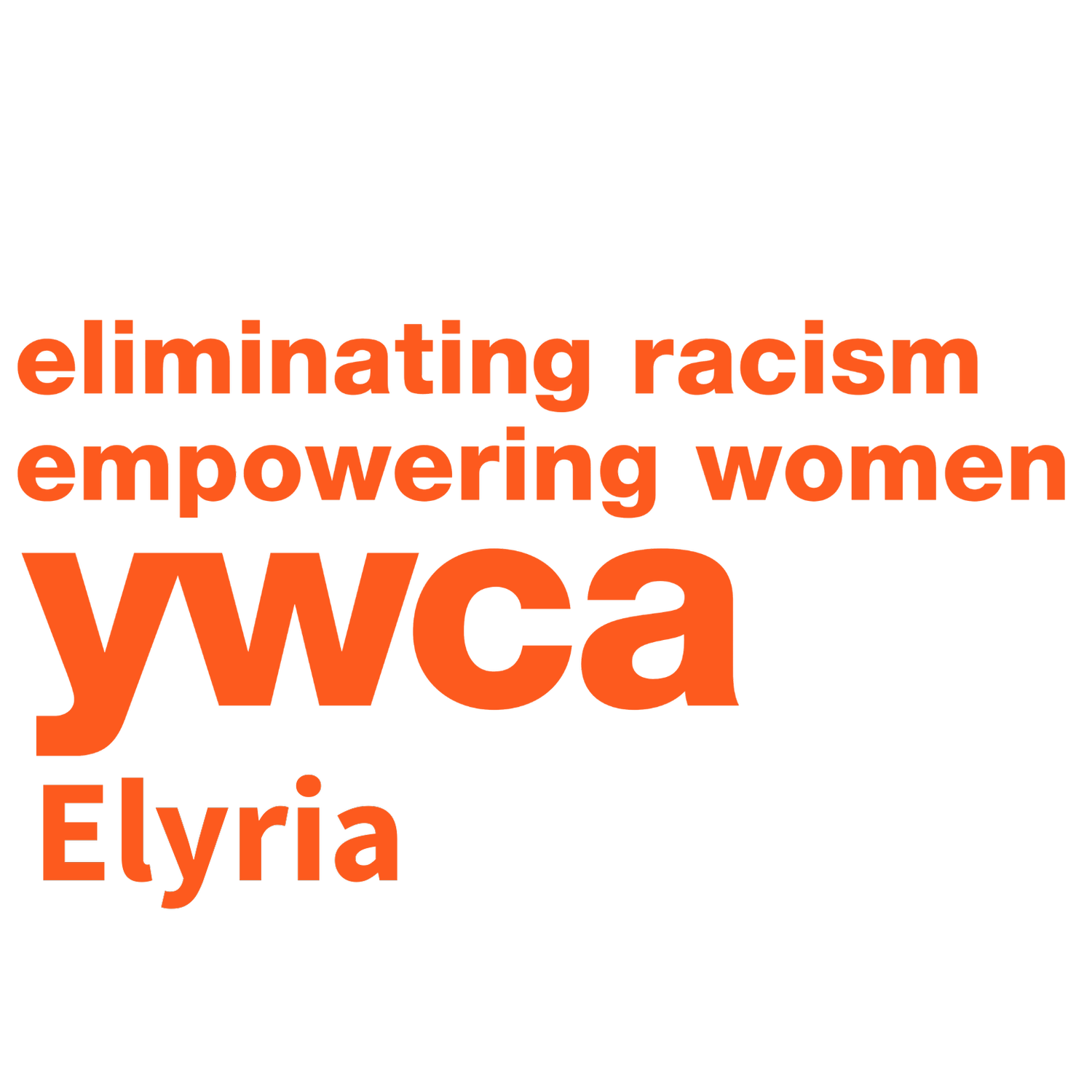Financial Empowerment
Today, more women are taking control of their finances and making important decisions about budgeting, saving, and investing. Despite all this progress, inequities persist, and the racial, gender, and motherhood pay gaps continue to hold women back from reaching their full economic potential. Women are also still expected to do a significant amount of unpaid labor such as childcare, caring for older relatives, and maintaining the home. The gender pay gap can mean $400,000 or more in lost wages over a woman’s lifetime, a loss of financial power that has huge implications for women’s long-term quality of life.
Week Two Themes
-
Across time and cultures, women have had vastly different degrees of economic freedom. Resources on this topic will walk you through the history of women in the workplace, women’s financial independence, and how many of the advancements made in society were at the expense of low-income women and women of color.
-
Too often, women’s labor is undervalued both in the workplace and at home. The gender pay gap has stayed largely unchanged since the early 2000s and remains larger for women of color and mothers. Unequal distribution of caregiving responsibilities for children and older relatives is one of the reasons the pay gap has persisted. Because of the caregiving gap, women are more likely to leave the workforce for significant periods of time, which has a long-term impact on their earning potential.
• Women overall earn only 78% of what white men earn, and the pay gap is much greater for women of color. Latinas earn only 52%, American Indian/Alaska Native women 55%, and Black women only 69% of what white men earn.
• Today’s gender wage gap means that full-time, year-round workers lose nearly $400,000 over the course of a 40-year career. For Black women, these losses amount to nearly $900,000, for Native Hawaiian/ Pacific Islander women nearly $1 million, and for Latinas and American Indian/Alaska Native women, more than $1 million.
• The motherhood penalty means that mothers with children under 18 years make only 61.7 cents compared to working fathers, regardless of whether they worked full-time, part-time, year-found, or part- year. Conversely, fathers often experience an increase in pay, known as the fatherhood wage premium, which tends to widen the gender pay gap. Women of color face an even wider pay gap: Native mothers (37.1 cents), Latina mothers (40 cents), and Black mothers (45.7 cents) all earn far less than white fathers.
• Around the world, individuals dedicate 16 billion hours daily to unpaid domestic and care work — including responsibilities such as cooking, child care, and household chores — with a disproportionate impact on women and girls, who perform 76% of all care work. This work is also often performed alongside other employment.
• Latino/Latina and Black caregivers face higher financial strain, overall, when compared to white caregivers. Latino/Latina caregivers spend, on average, 47% of their family income on caregiving while Black caregivers spend 33%, compared to 18.5% for white caregivers. Latina caregivers faced even higher financial strain, spending 56% of household income caring for an adult family member or friend.
-
Entrepreneurship comes with many benefits, which has encouraged women to start their own businesses. Even still, women-owned businesses face significant barriers to success, particularly accessing the critical funds needed to scale up.
• Women now own 42% of all non-employer firms, and nearly a quarter of employer firms.
• Much of the recent growth in women-owned businesses is due to entrepreneurial efforts by women of color, specifically Black women and Latinas; between 2019 and 2023, Black woman-owned businesses saw their average revenues increase by 32.7%, while Latina-owned businesses saw a revenue increase of 17.1%, compared to a 12.1% increase in revenue for all women-owned businesses.
• Though Black women-owned businesses are experiencing rapid growth, their revenue remains comparatively low, which is partly due to lack of access to capital; Black women receive less than .35% of all venture capital funding. And while Black women have lower household incomes than their white counterparts, approximately 60% of Black women self-fund their start-ups.
-
TRIGGER WARNING: INTIMATE PARNER VIOLENCE | Financial Abuse involves restricting access to resources, controlling finances, and exploiting economic dependence so that one partner can maintain power and control over another. Without access to funds, survivors are often left with no choice but to stay with their abuser. If you are experiencing domestic/intimate partner violence, call the National Domestic Violence Hotline at 800-799-7233 or text START to 88788.
• Common financial abuse tactics include: employment sabotage, economic exploitation, withholding access to and information about finances, generation credit card debt, destroying property, committing identity theft, or purposefully ruining credit scores.
• 94-99% of domestic violence survivors have experienced economic abuse.
• A national survey of domestic violence survivors found that 83% of respondents reported that their abusers disrupted their ability to work, including 70% who said they were not able to have a job when they wanted or needed one, 53% who said they lost a job because of the abuse, 49% who said they missed one or more days of work, 18% who missed out on a promotion or raise, and 38% who were overlooked for other work opportunities.
• Domestic violence issues lead to nearly 8 million missed days of paid work each year; the equivalent of 32k jobs.
• Seventy-four percent of stalking survivors report their stalker interferes with their job and more than one half experience work disruptions or a diminished ability to obtain or maintain employment.
• Only California, Hawaii, Illinois, Nevada, New York, Oregon, Washington, the District of Columbia, and Puerto Rico have enacted a robust package of laws and policies protecting survivors of domestic and sexual violence, including anti-discrimination, sick/safe leave, and unemployment insurance benefits. Most other states only include unemployment insurance for survivors, about half provide leave (though it is often unpaid and of limited scope), and just a handful provide anti-discrimination protections.
• Women of color experience more financial strain from financial abuse compared to their white counterparts, and are disproportionately impacted by economic abuse based on a variety of socio- economic injustice factors, including the racial pay gap, stigma, lack of information, and non- intersectional services.
-
For generations, women have been taught and pressured to leave large monetary decisions to the men in their lives. This has led to women unprepared to care for their own financial health, particularly in the event of divorce or the death of their spouse. Selected articles on this topic get candid about the barriers women face to financial empowerment and recommendations for removing those barriers.
• Women’s financial literacy scores are typically 13% lower than men’s.
• The financial literacy gap leads women to have lower financial wellness (including the ability to make ends meet, debt levels, the ability to come up with money for an emergency, regularly saving for retirement, and planning for retirement). Women of color tend to lag behind their white counterparts on all measures of financial wellness, with the greatest gaps in planning for retirement (63% lower) and in debt constraints (50% lower).
• Disparities exist in the rates of financial literacy across racial and ethnic groups in the U.S.; Black, Latino/ Latina, and American Indian/Alaska Native populations tend to have lower rates of financial literacy than their white counterparts. Black women and Latinas see even greater disparities; their scores are 40%- 45% lower than the scores of white men.
• The racial and gender wage gap results in an investment gap for women of color that is compounded by gaps in financial literacy, leading women of color to invest less or not at all.

YWCA Racial Justice Challenge
YWCA’s Racial Justice Challenge is a virtual learning tool designed to create dedicated time and space to build more effective social justice habits, particularly those dealing with issues of race, power, privilege, and leadership. New content is released on weekdays and participants log on to the challenge app on their phone or visit the website and are presented with 21 days of activities such as reading an article, listening to a podcast, or reflecting on personal experience.
We are excited to announce that YWCA’s Racial Justice Challenge will return for its 6th year on April 1-29, 2024 and registration is OPEN NOW!
2024 Challenge Topics





